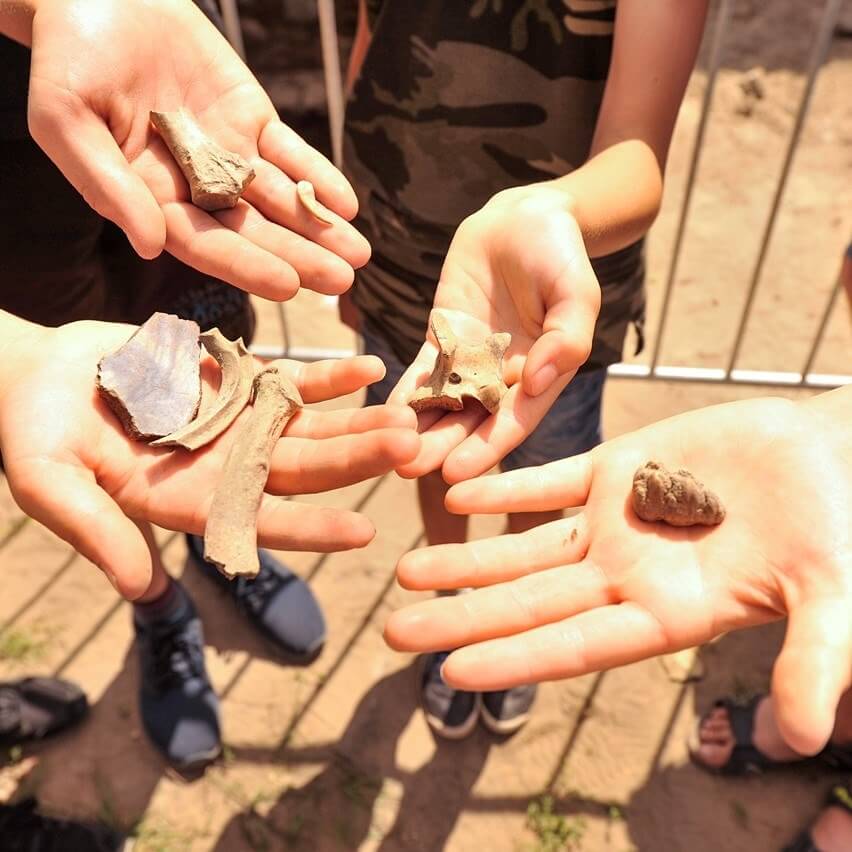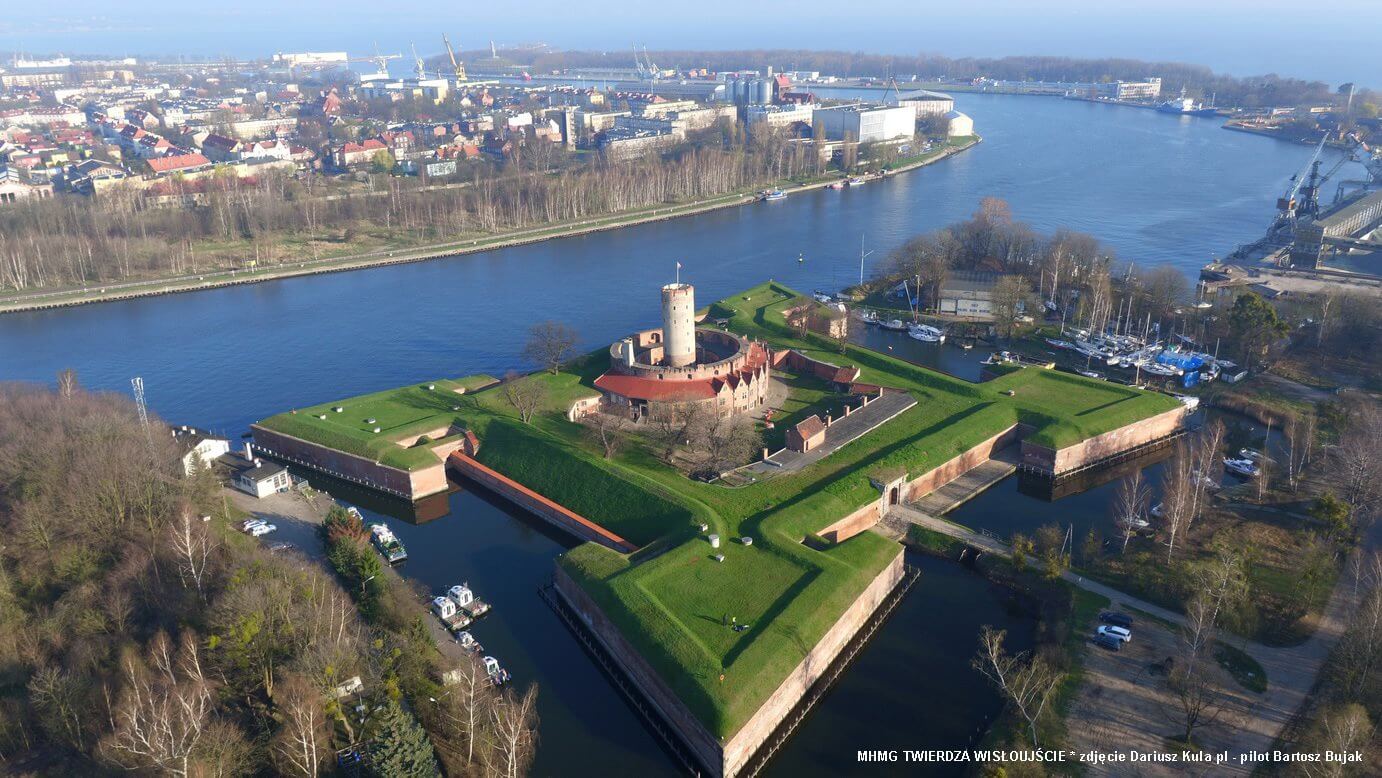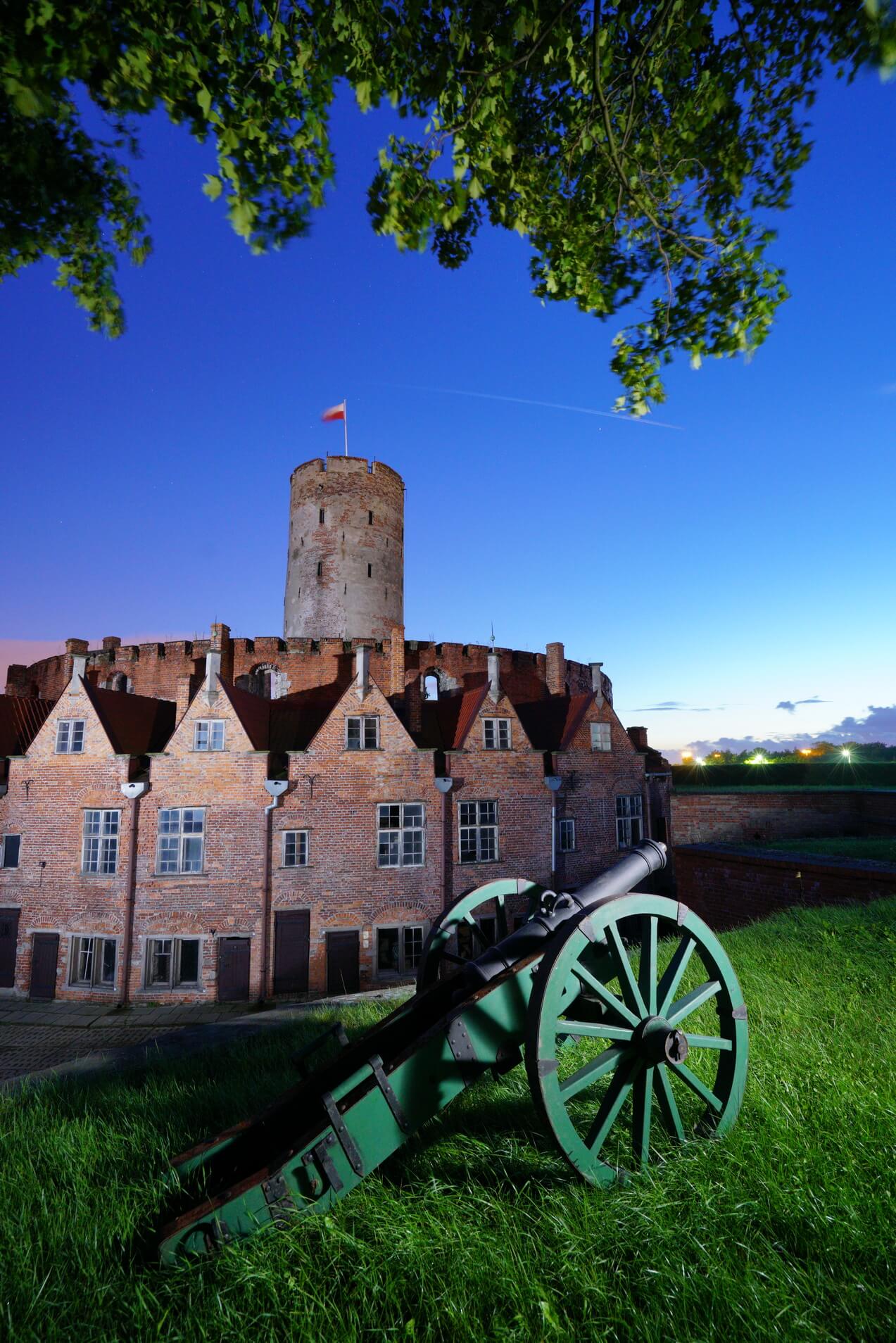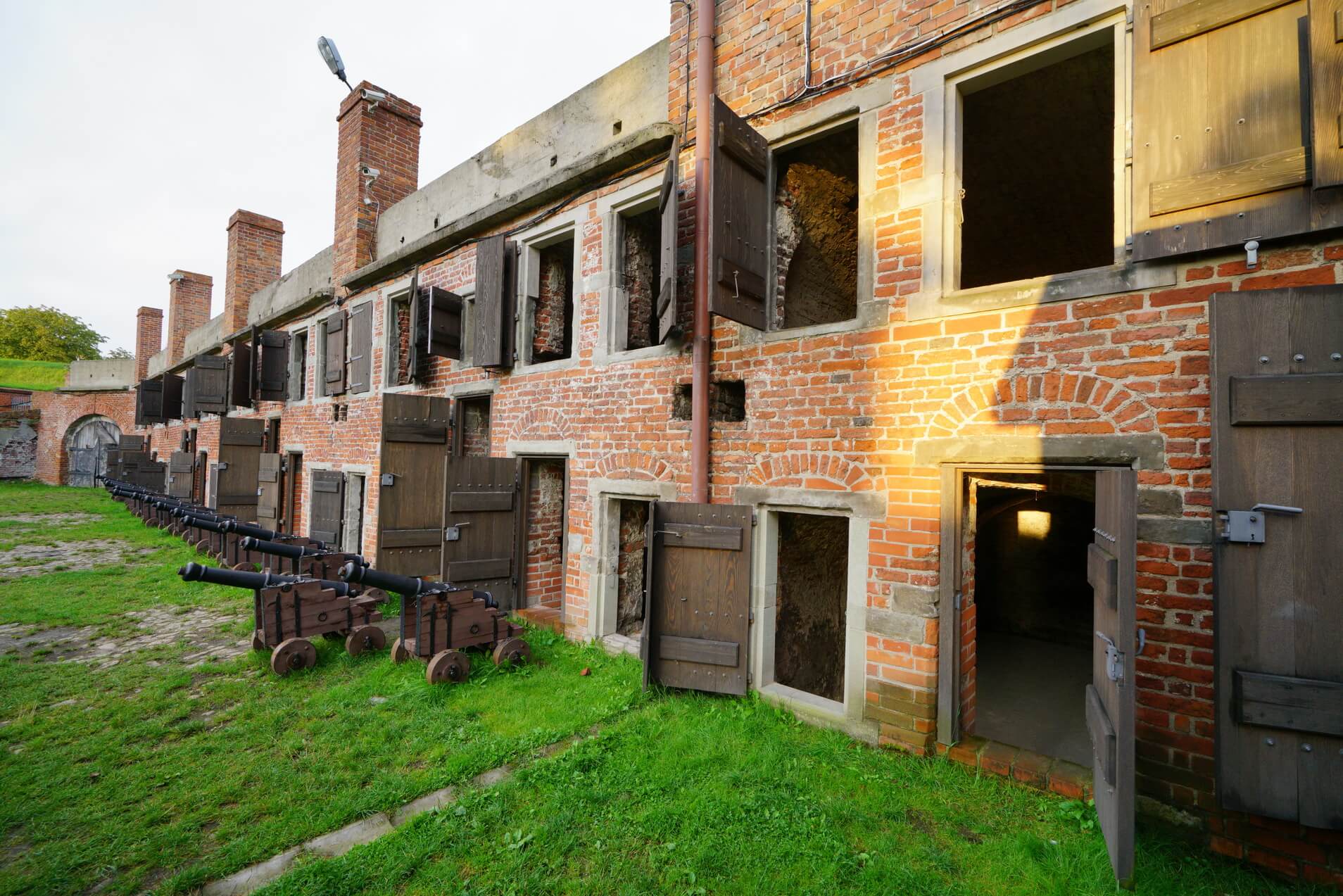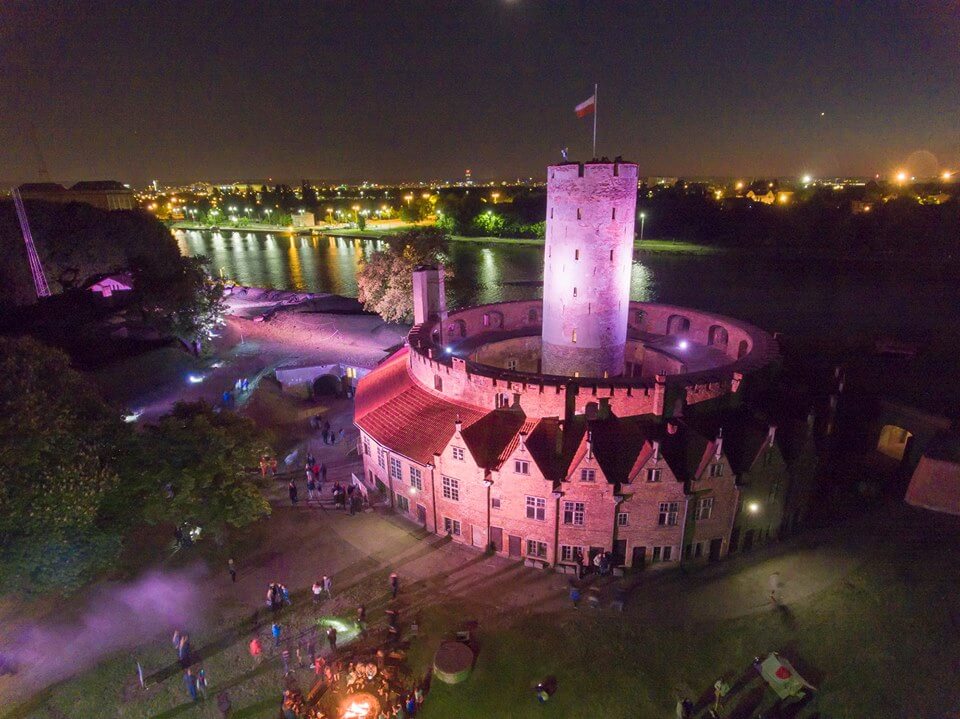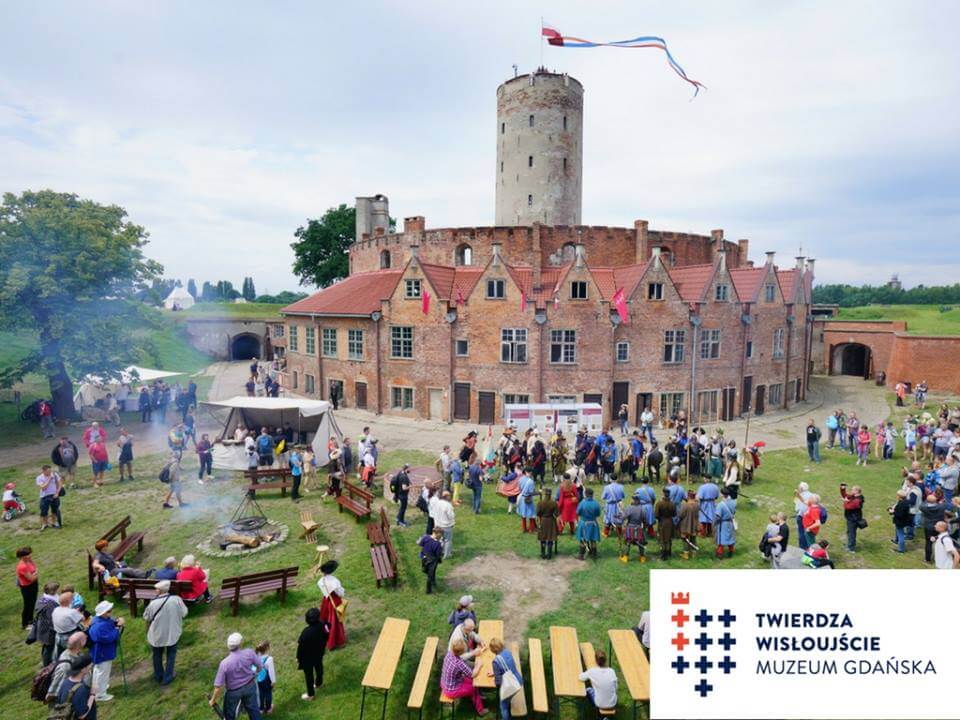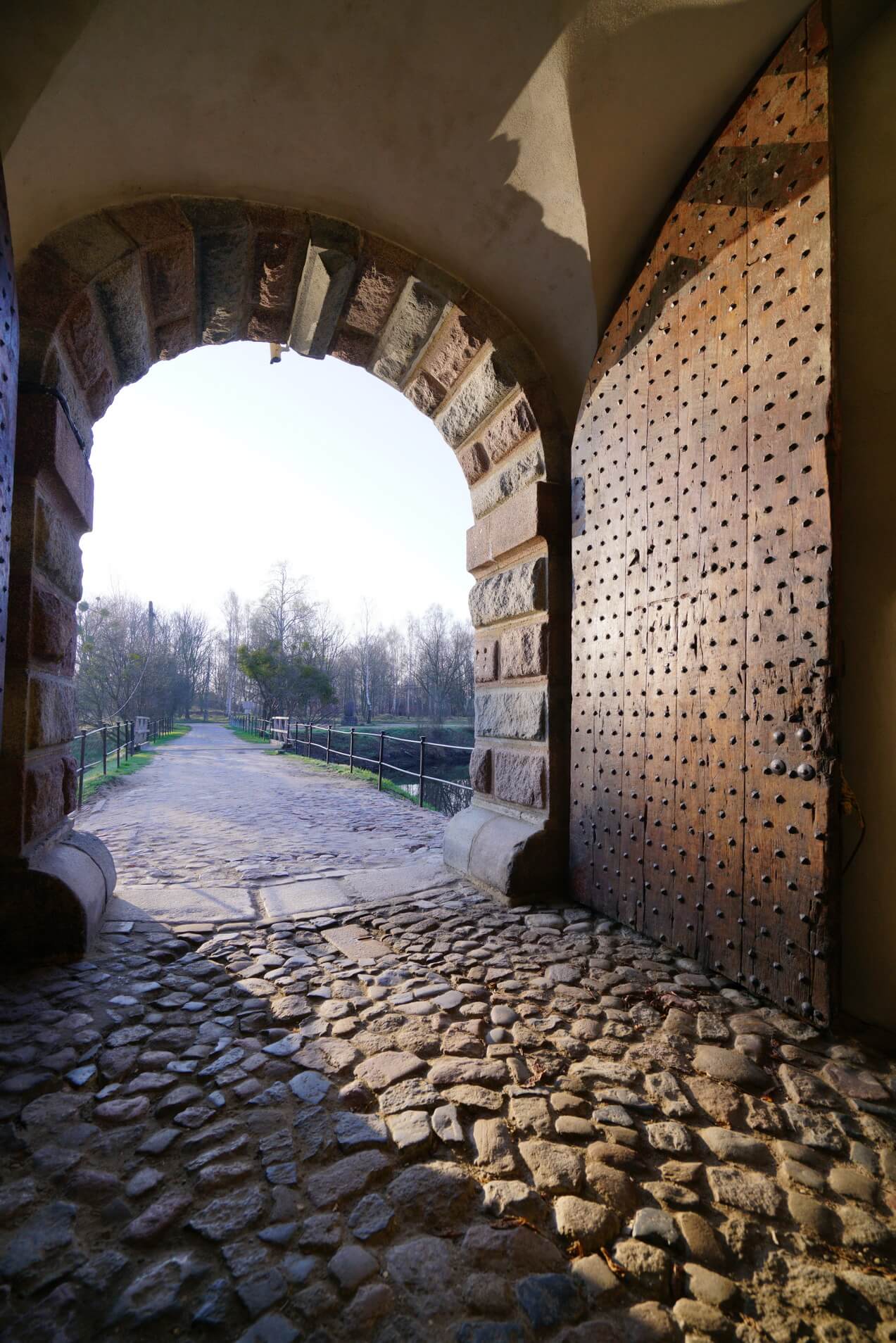
Wisłoujście Fortress, Poland
The Wisłoujście Fortress is currently the oldest, and the only surviving, early modern naval fortification on the Polish coast. Long before the construction of the fortress, locals had burnt fires by the sea shore to assist in the safe passage of ships. In the mid. 14th century a structure of stone and wood with a pier was built. This was so the officials of the Teutonic Order (The Order conquered these lands in 1309) could gather toll taxes from the wares that were transported to Gdańsk. During medieval wars Wisłoujście was almost completely destroyed in the 1430s by the Czech Hussites. Clearly, a major port in the Baltic Sea needed better protection at its entrance to the sea.
Wisłoujście Fortress has been a lighthouse, an external municipal port during the winter and a harbour of the Polish Royal Fleet in 17th century. A settlement, with a church of St. Olaus and a nearby inn thrived close to the military buildings. Whilst the local population of the village were mostly Pomeranian or German in origin, the garrison at the Fortress was of mixed origins. It is estimated 60-200 soldiers were on duty at the Fortress at all times; they came for easy coin from across Europe.
In1466 Gdańsk merged with the crown of Poland. The city received considerable autonomy from the Polish king Casimir Jagiellon, which allowed the officials to build a gothic tower with a new lighthouse in 1482. But this was not enough to provide control over the river. After 1562, during the Livonian wars (1558-1583), a two-storey, brick structure with gunplatforms was erected. This was followed by Fort Carré, with four bastions, in1608 and in 1624–1626 a Dutch-style Eastern & Western Earthworks were built around the Fort to protect the harbouring Polish Royal Fleet during ongoing Polish-Swedish wars.
Careful spatial planning ensured the fortress was invincible during major conflicts. In 1577, the Fortress repelled Royal Polish forces (during the mutiny of Gdańsk) and in 1656 did similarly with the Swedish.
In the 19th century, the fortress gradually lost its military importance and began to functionas a political prison. After World War I the area became a civilian settlement and a yacht marina. At the end of World War II, the Soviets bombarded the area causing considerable damage. The restoration began slowly in the mid-1950s and continues until today. Since 2009, the Fortresshas been open to visitors during the summer season. In 2018, by decree of the President of the Republic of Poland, the Fortress was granted Polish Monument of History status.
Underwater ship wrecks through to the remnants of late medieval and early modern structures, including items of daily use by people from different cultures can all be found at this one place. This is our story, discover yours at Wisłoujście Fortress in Gdańsk.



